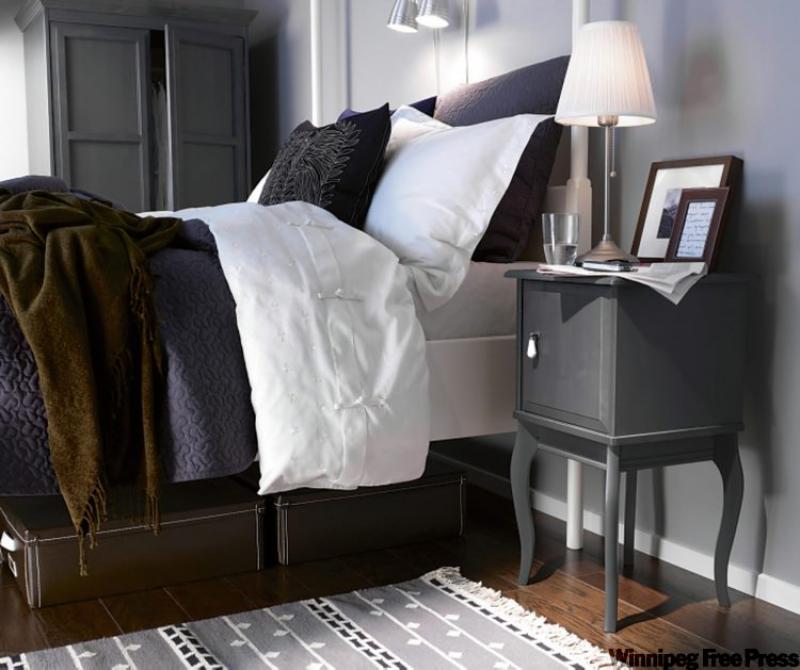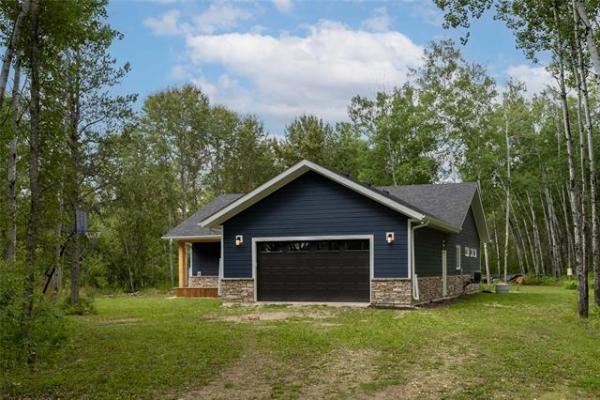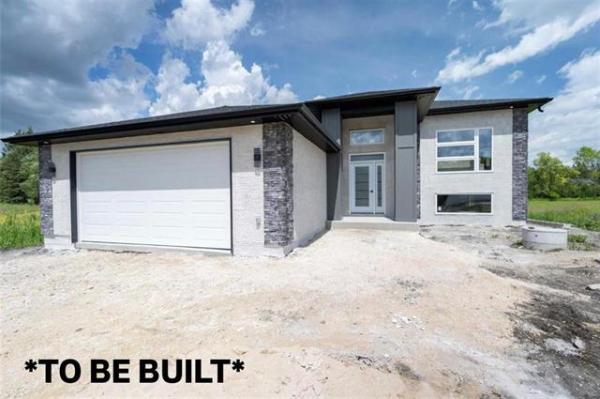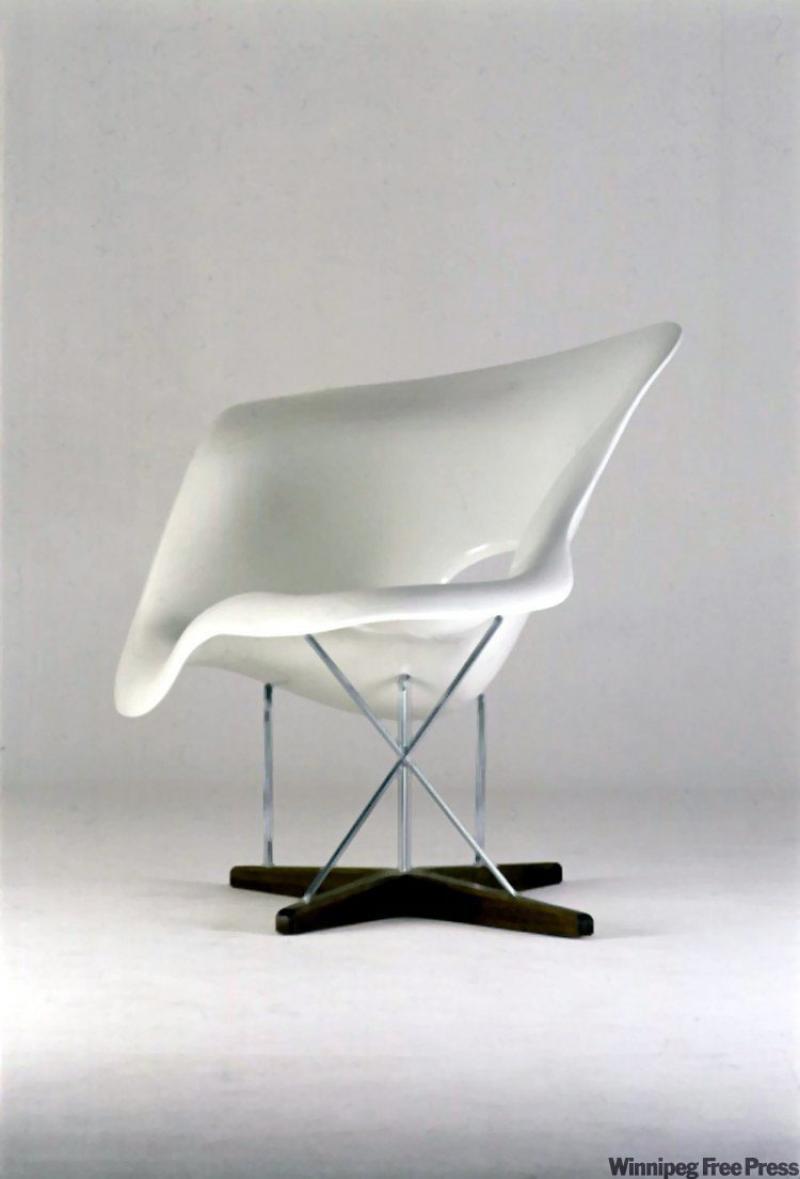
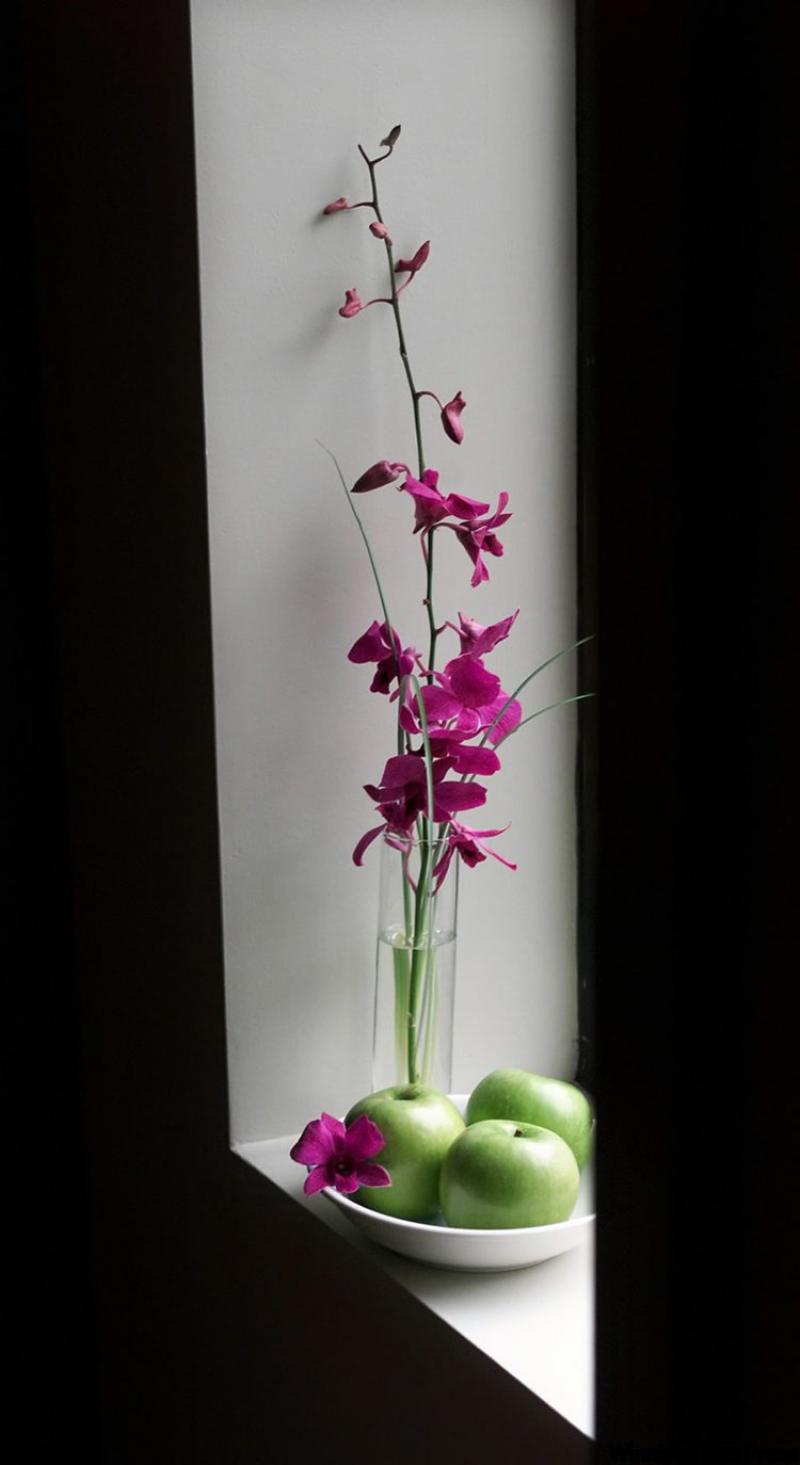
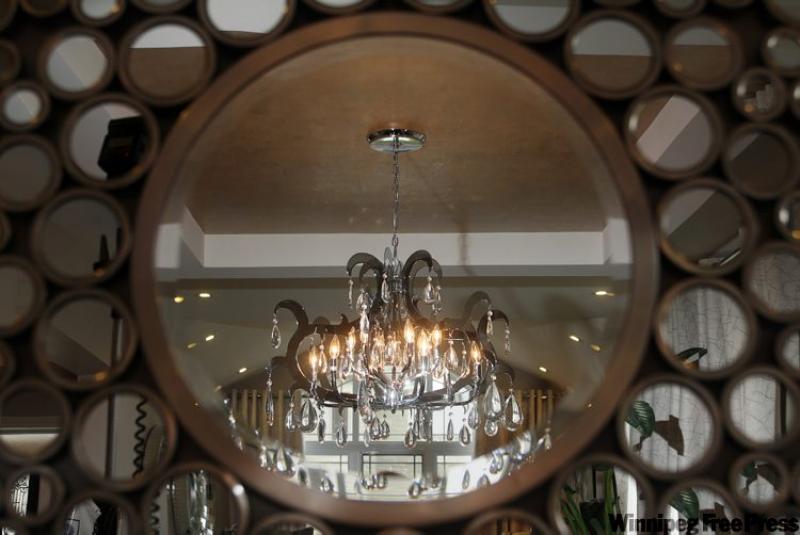
WITH black lacquer, bamboo (before it was deemed "green"), and astrology prints dominating the '90s, Canadian designers -- and consumers -- were eager to clean the slate for the millennium, turning to classical neutrals for their homes.
Boutique hotel chic quickly became a movement, transforming the way people decorated their homes, offices, and businesses over the past 10 years.
"People really loved (the boutique hotel look) and manufacturers realized that it was easy to replicate in a cheap way, so the Zen and boutique hotel trend just kept rolling along," says designer William MacDonald, adding the Martha Stewart blue-and-white striped East Hampton's style, as well as loft-inspired spaces and souped-up kitchens also made a big impact during the last decade.
The last 10 years were very much about clean, modern, masculine designs with microfibre everything, says designer Ernst Hupel.
"Then it slowly morphed when we realized we wanted a little bit more personality," says Hupel, who has appeared on HGTV's Design U. "It went into that whole bling stage where people were still doing clean and modern, but people thought 'let's throw a chandelier in here.' "
These trends were forming in unison with the proliferation of design media through the Internet, magazines, newspapers and television.
This resulted in a more design-savvy public with a fierce appetite for renovation and decor.
"There was the television, which exploded with design channels. There must be 10 design channels now," says MacDonald, who has appeared as a feature designer on HGTV design shows and is a regular contributor to Canadian House & Home magazine.
"Magazines and blogs and websites and everything, there's even stores, like Home Depot or Lowes, (that) have their own magazines on design."
So why this shift? MacDonald thinks we should thank Ikea for getting the general public aboard the design train, which in turn prompted the change in how big-box hardware stores and even grocery stores operate. In addition to selling paint, tools and food, they added aisles for espresso-stained furniture and vinyl and faux-suede club chairs and ottomans.
"I think all the manufacturers in North America realized what Ikea was doing, and Ikea sort of had this Scandinavian concept, accessible good design at a reasonable price. And North Americans, Americans particularly who ran Wal-Mart and Lowes and Home Depot, said 'Oh, these people just don't want shovels and hammers and nuts and bolts anymore, they want all of these things. So we should do (furniture), too.' "
Mid-century modern revival and the '70s
MacDonald notes there was also the revival of the mid-century modern furniture classics last decade. Some of the popular styles included the Barcelona and Eames chair, and the Tulip table and chair collection, with their clean lines that complemented the neutral tones, minimalist and bigger spaces.
However, MacDonald says the last few years started to take on a '70s style with funky colour combinations like rust, brown, orange and yellow with chrome and shag accents. Think of Universal's movie Frost/Nixon, says MacDonald -- but not all together like it was in the '70s. Instead it was key to be selective, putting a little bit of punctuation or pop into your interior.
Bling and a return to '80s decadence
MacDonald envisions the next decade as one of decadence reminiscent of the '80s, with smaller spaces with the glitz of gold, velvet and jewel-toned colours.
There will also be a more hybrid approach, he predicts -- possibly a blend of country kitchens with stainless-steel countertops, zinc countertops on a red-painted country island or halogen pendant lamps over a harvest table, while utilizing unique natural flooring such as coconut, bamboo and even leather.
And of course, technology will play a huge role.
"That's what I am most excited about," says MacDonald. "At the Interior Design show last winter in Toronto, they had an interactive backsplash. It was a glass backsplash and a television and a touch computer in it -- which I want but you can't get yet."
All about me, plus other predictions
Hupel's Swarovski crystal ball says it's time to inject more personality into our spaces and embrace individuality.
This may include raw wood and iron furniture, more art, and industrial lighting. And if you have a special collection, throw that in too.
"We were stripped a bit from our individual personalities in the last decade," says Hupel. "We copied everyone last year. This decade, if I have a great cookie jar collection, it's mine and it's going to give someone a smile when they see it. It's not something I'm going to see on page three of the catalogue."
Hupel also sees people moving to create a real and romantic flair in their homes, blending raw woods like white oak and American walnut, and natural fabrics such as linen, silk, union cloth and cottons, which tie into the sustainable movement.
"I don't think you are going to see a lot of microfibre," says Hupel. "There will still be a very large percentage of people's environments that will be neutral, but it will be neutral in a more real, textured, environmental way.
"So wood is going to be wood. It's not going to be stained anymore. You are not going to make wood into something that it is not. You are not going to try to force things to be what they are not.
"If you live in a small turn-of-the-century home, you are not going to force it into being a boutique hotel."
-- Canwest News Service

